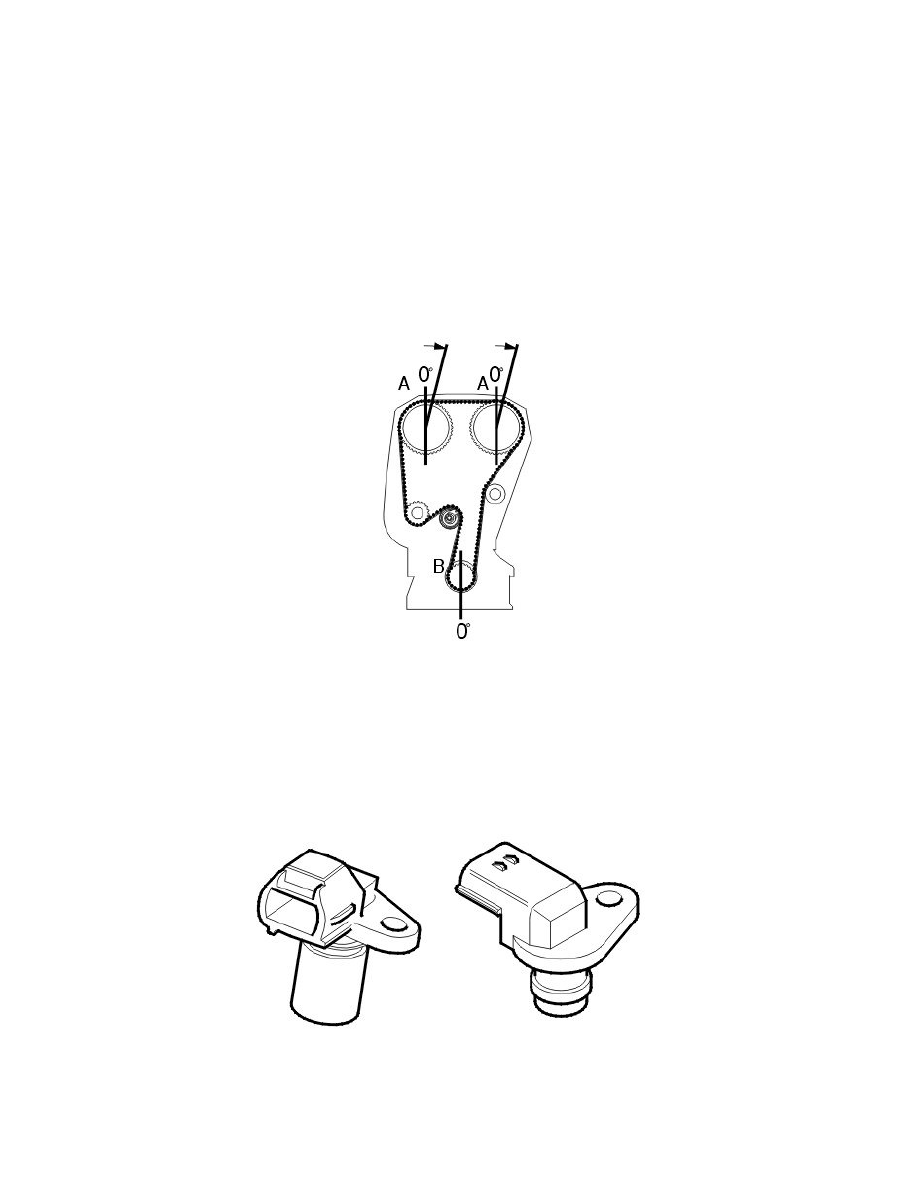V50 L5-2.4L VIN 39 B5244S7 (2005)

-
at -10 °C, approx. 8 seconds
-
over 15 °C, approx. 4 seconds.
If the engine does not turn or if the engine speed is extremely low when the start relay is activated, the engine control module (ECM) interrupts start
relay activation.
Activation of the starter motor is not permitted or is interrupted if:
-
the engine is running (the engine speed (RPM) above a certain value)
-
the immobilizer function does not allow a start. For further information also see Design and Function, Immobilizer
-
the gear selector is not in position "P" or "N" (automatic transmissions). The engine control module (ECM) receives a signal indicating the
position of the gear selector from the transmission control module (TCM) (4/28) via both the controller area network (CAN) and from a directly
connected cable between the engine control module (ECM) and transmission control module (TCM). Also see Design and Function, transmission
control module (TCM).
-
the clutch pedal is not depressed (manual transmission). The signal about the clutch pedal position (clutch pedal sensor) is received by the engine
control module (ECM) (4/56), via the controller area network (CAN) and via a directly connected cable from the clutch pedal switch (3/271).
-
the brake pedal is not depressed (automatic transmission).
Camshaft control (CVVT)
When the camshaft (A) is set at the factory, it is aligned with the position of the crankshaft (B). The position of the camshaft in relation to the crankshaft
is designated the camshaft 0 position. During camshaft (CVVT) control, the 0 position of the camshaft is advanced so that the opening and closing of
the intake valves can be changed to relative to the camshaft. By controlling the camshaft (the camshaft is regulated from its 0 position) the performance
of the engine is increased, the idle speed quality is improved and the emissions are reduced.
There are diagnostics for this function. See also: Camshaft diagnostics (CVVT) See: Powertrain Management/Computers and Control
Systems/Description and Operation/Camshaft Diagnostics (CVVT)
Camshaft position detection
In order to detect the position of the camshaft in relation to the crankshaft, the engine control module (ECM) uses the signals from the engine speed
(RPM) sensor (the position of the crankshaft) and from the camshaft position (CMP) sensor (the position of the camshaft). The control module uses these
two signals to determine the position of the camshaft in relation to the position of the crankshaft.
Both the intake camshaft and exhaust camshaft have a camshaft position sensor. Cylinder detection on start up (the operating cycle of each cylinder) is
